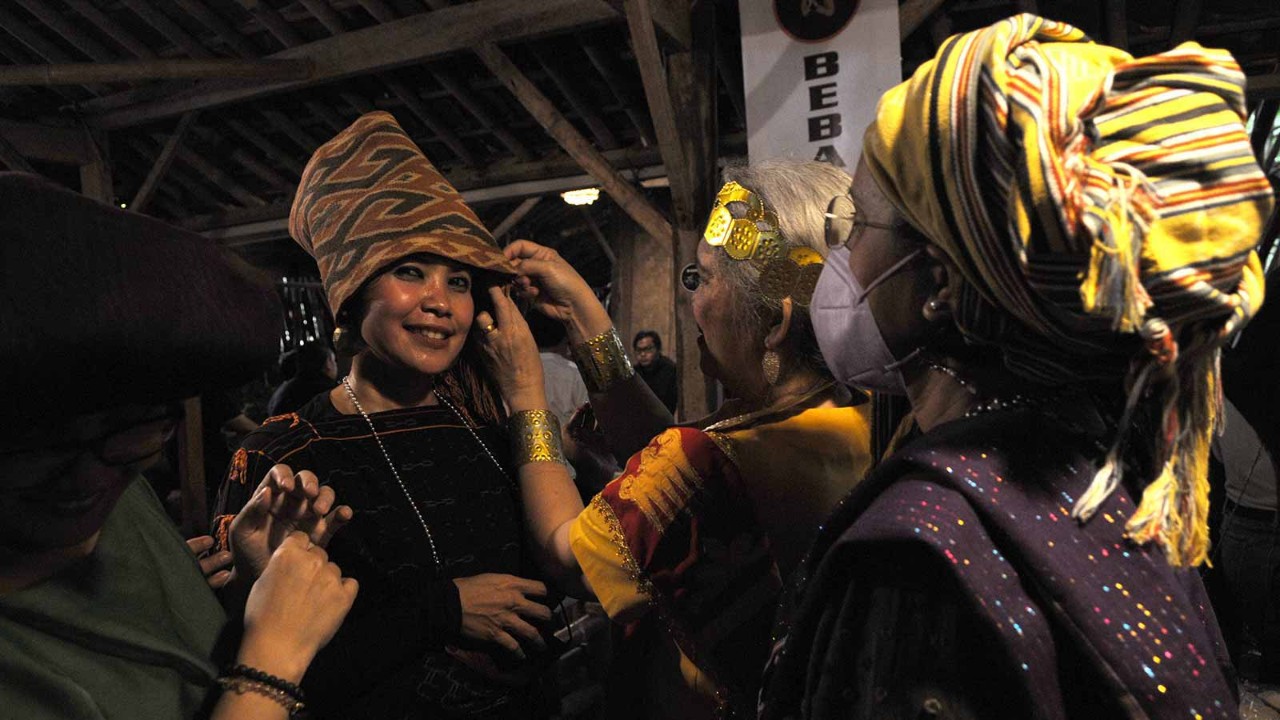
It’s a sad fact that, despite much progress having been made in the area of women’s rights, there is still so much more that can be achieved. In fact, many of the markers of gender equality have gone backwards.
Women and girls are more likely to live in extreme poverty, and experience hunger and food insecurity. The UN’s Gender Snapshot 2022 cites the pandemic, invasion of Ukraine and pervasive backlash against women’s rights as drivers of ongoing gender disparities.
For businesses, these trends are reflected in women’s participation and recognition in the workplace. Women hold only two in every 10 jobs in high-growth STEM (science, technology, engineering, and mathematics) fields. Women’s labour force participation is projected to remain below pre-pandemic levels in almost every country, and the UN estimates that it will take 140 years for women to be equally represented in the ranks of management.

While figures may tell you where to look, they will often not tell you what is going on
Leadership opportunity
Taken globally, the situation looks overwhelming. But these figures hide a great deal of diversity across cultures, geographies and industries. Leaders have an opportunity to address these issues as they play out within your specific organisation by understanding the particular experience of women in the context in which you operate.
How do you, as a leader, build that understanding? Traditional methods of reporting – gathering data on participation, representation at management levels, pay and retention – are your starting point. These will give you a picture of the situation across all your operations and functions, so you can identify if there are priority areas to address.
However, while figures may tell you where to look, they will often not tell you what is going on. Take personal security as an example. Vulnerability to assault, particularly sexual assault, is a ubiquitous concern for women. Understanding women’s experience of personal security at work is therefore important to understanding barriers to participation – but a simple employee survey question will not suffice.
There are increasingly sophisticated models for gender analysis that are commonly applied to the workplace
While data collection on such a sensitive topic is not straightforward, with the right skills and understanding it can be done. Self-reporting tools, interviews by neutral third parties and trusted, anonymous data collection can all help.
Fortunately, there are increasingly sophisticated models for gender analysis that are commonly applied to the workplace. These models help to amplify the voices of women and others outside the traditional structures of power, and to build an understanding of the complex ways that gender identity, class, race and other characteristics influence their experience.
As leaders, we all have a responsibility for promoting the aims and principles represented by International Women’s Day. As reporters, we are also lucky enough to have a powerful means of doing so.
More information
Find out about ACCA’s celebrations of International Women’s Day 2023





